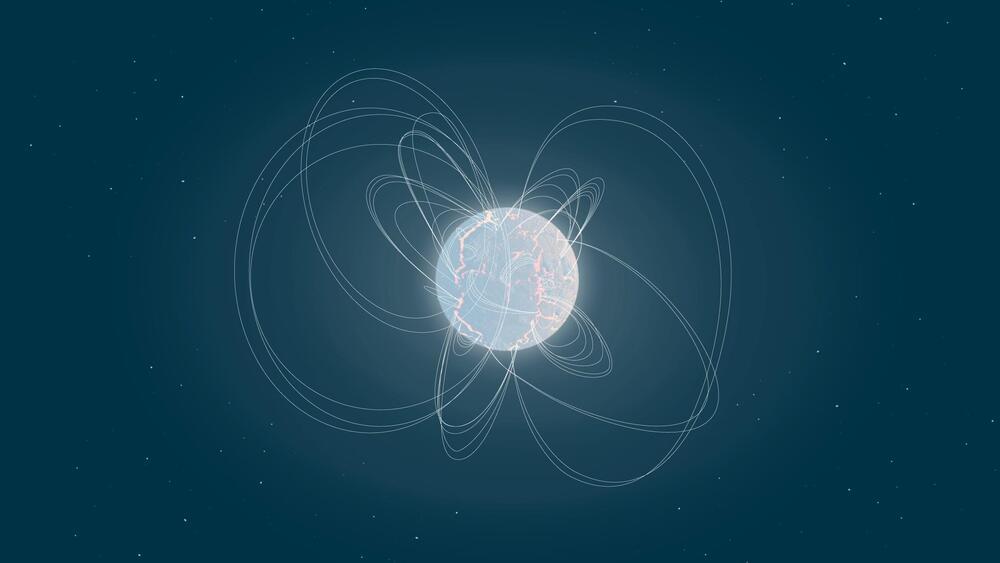As ESA’s satellite INTEGRAL scanned the skies, it detected a surge of gamma-rays emanating from the nearby galaxy M82. Shortly after this observation, ESA’s XMM-Newton X-ray space telescope sought any residual glow from the event but detected nothing. An international research group, with contributors from the University of Geneva (UNIGE), concluded that the burst was an extragalactic flare from a magnetar, a young neutron star known for its intense magnetic field. This finding was documented in the journal Nature.
On 15 November 2023, ESA’s satellite INTEGRAL spotted a sudden explosion from a rare object. For only a tenth of a second, a short burst of energetic gamma-rays appeared in the sky. “The satellite data were received in the INTEGRAL Science Data Centre (ISDC), based on the Ecogia site of the UNIGE Astronomy Department, from where a gamma-ray burst alert was sent out to astronomers worldwide, only 13 seconds after its detection,” explains Carlo Ferrigno, senior research associate in the Astronomy Department at UNIGE Faculty of Science, PI of the ISDC and co-author of the publication. The IBAS (Integral Burst Alert System) software gave an automatic localization coinciding with the galaxy M82, 12 million light-years away. This alert system was developed and is operated by scientists and engineers from the UNIGE in collaboration with international colleagues.
